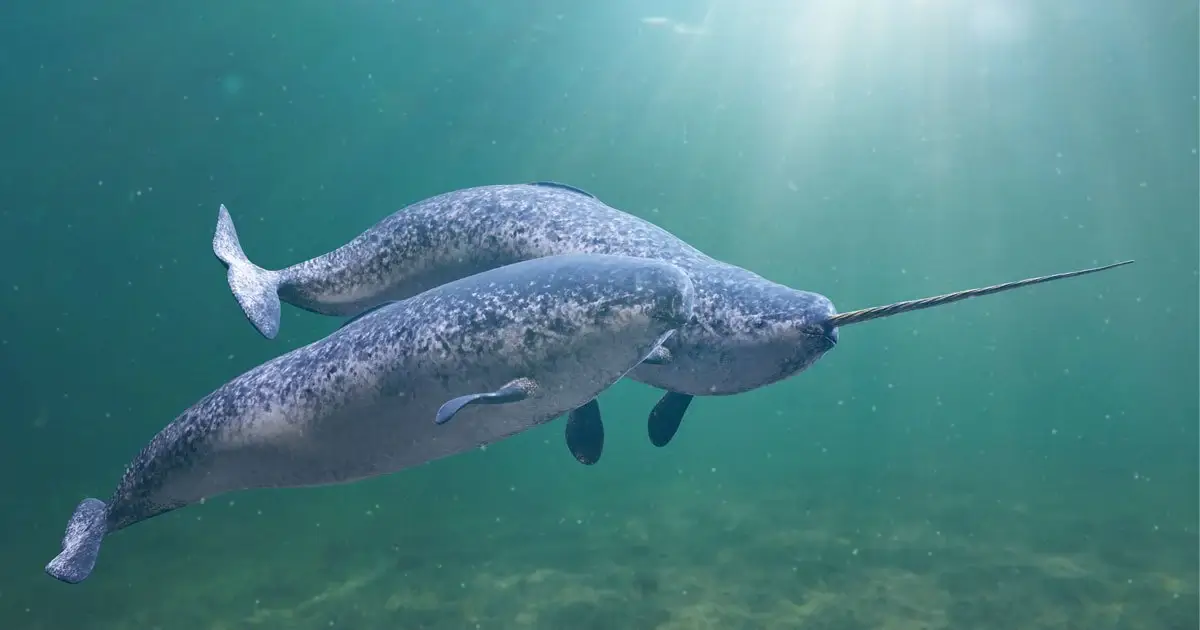Narwhals, known for their distinct tusks, are one of the Arctic’s most fascinating creatures.

These elusive whales, often called the “unicorns of the sea,” possess an incredible ability to “see” their environment in ways that set them apart from other marine animals.
The Narwhal’s Distinctive Tusk
The tusk, a defining feature of male narwhals, isn’t just for show. It’s actually a long, spiral-shaped tooth that grows up to 3 meters.
While scientists still debate its true function, many theories suggest it could be for sensing temperature changes, navigating through icy waters, or even establishing dominance.
How Narwhals “See” Differently?
Narwhals rely heavily on echolocation, sending out sound waves that bounce off objects and return, giving them a detailed map of their surroundings.

This natural sonar helps them navigate the dark, ice-covered waters of the Arctic, hunting for fish and avoiding predators like killer whales and polar bears.
The Narwhal’s Predators and Climate Threats
Although narwhals aren’t officially endangered, climate change poses a significant threat.

As Arctic ice melts, they face increased exposure to predators and human hunters.

With only about 75,000 narwhals remaining, they are increasingly vulnerable.
Narwhals’ unique combination of echolocation and their iconic tusk make them one of the most intriguing species in the animal kingdom.

However, their future remains uncertain as the Arctic landscape changes rapidly.








